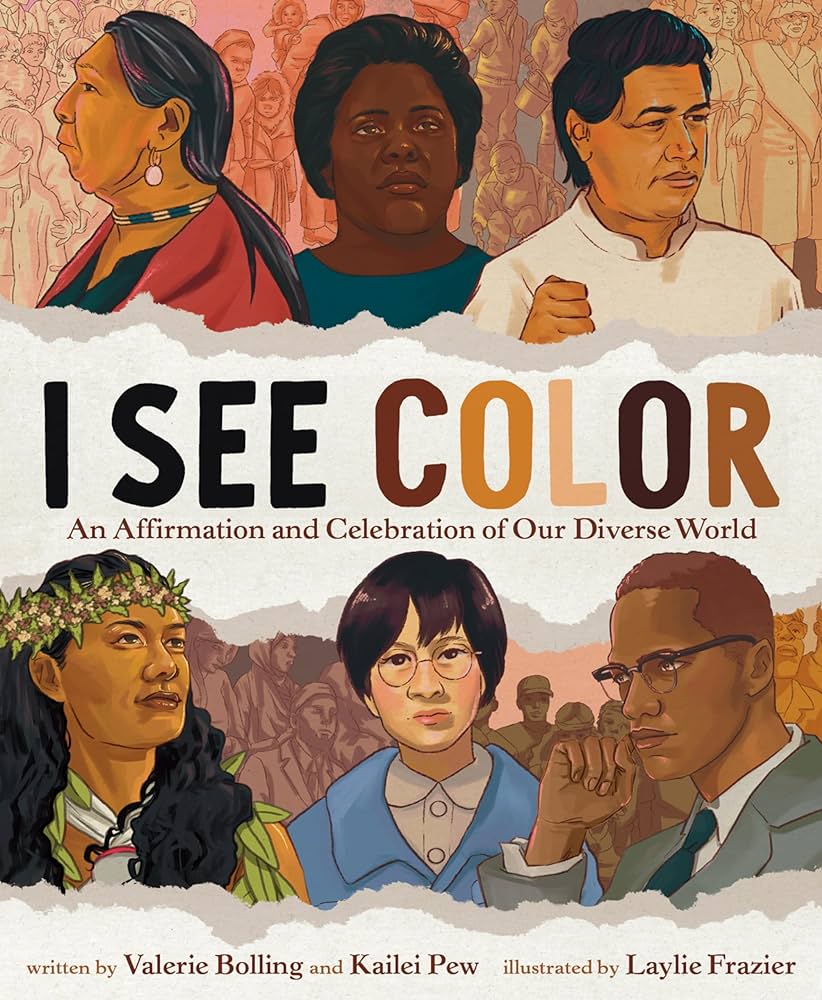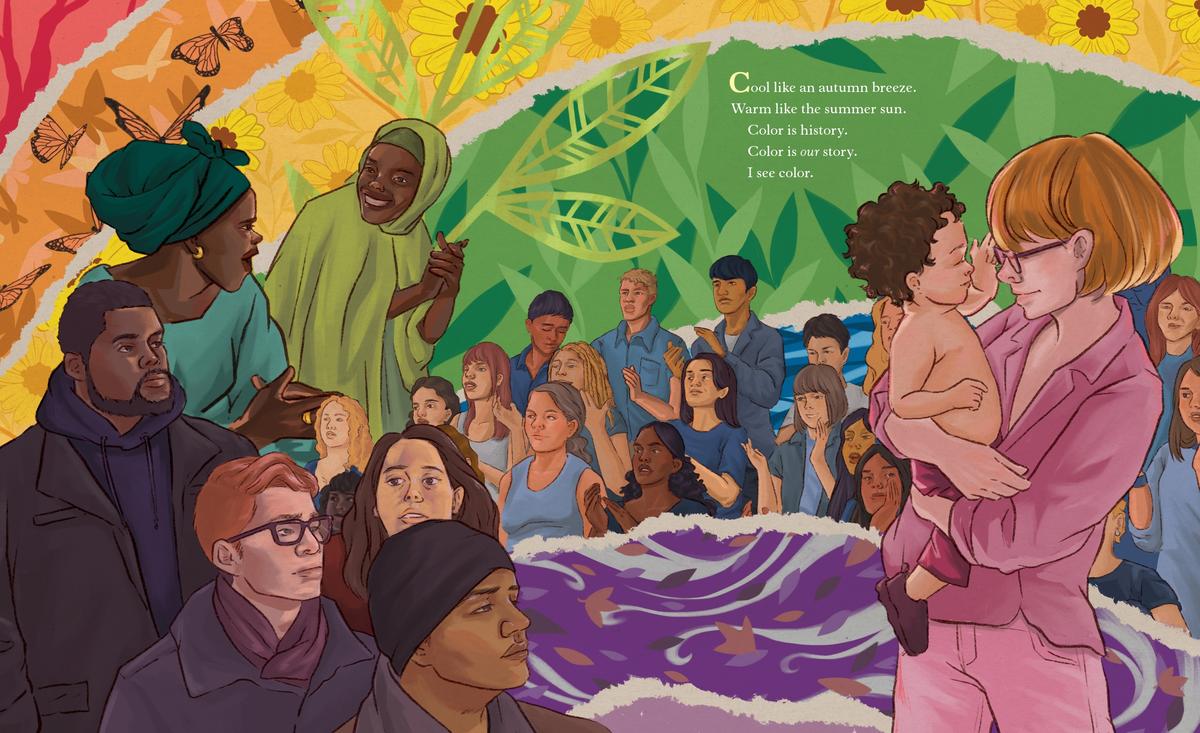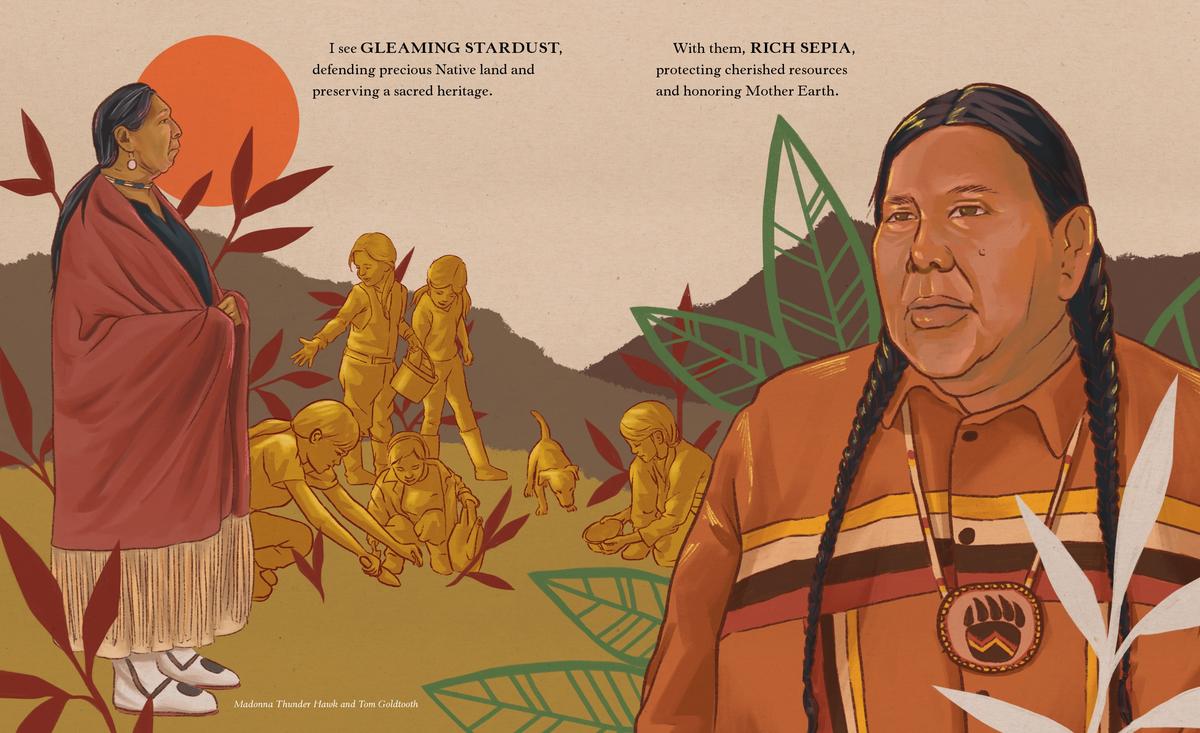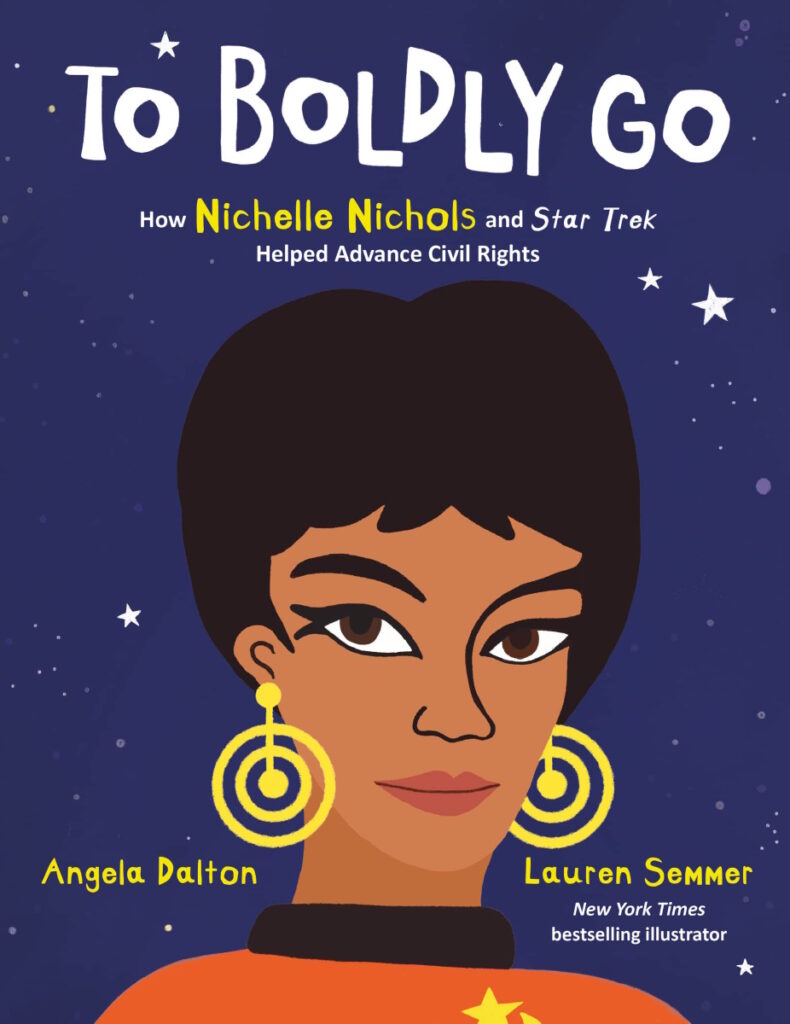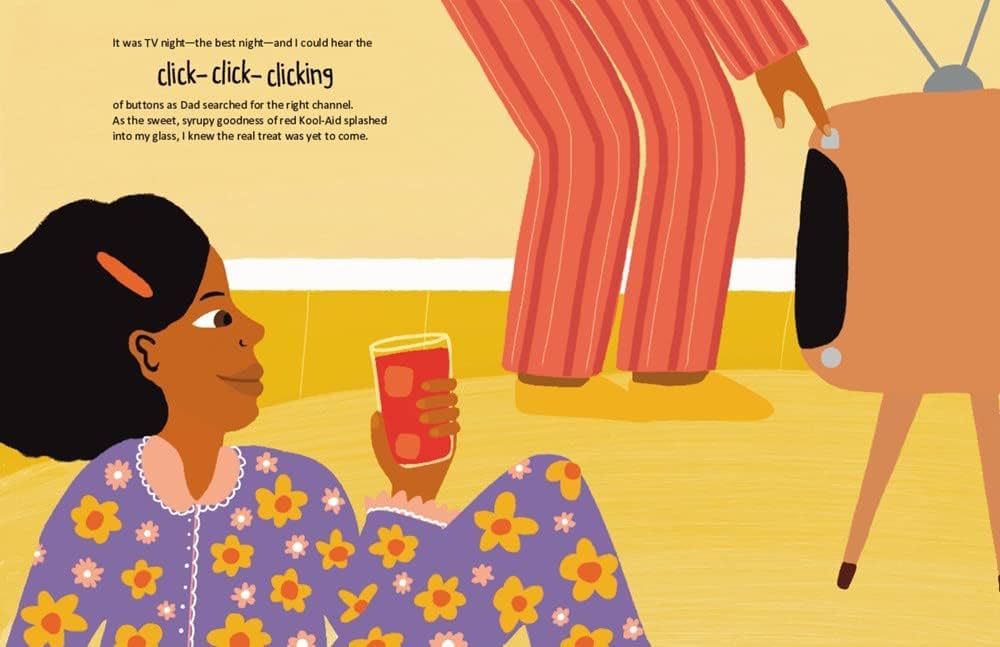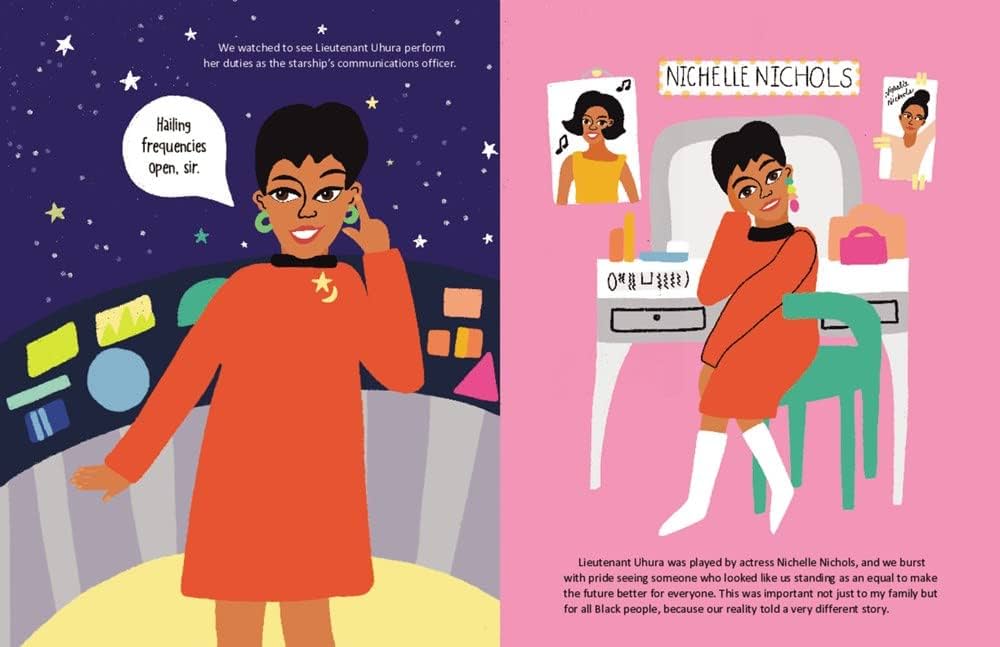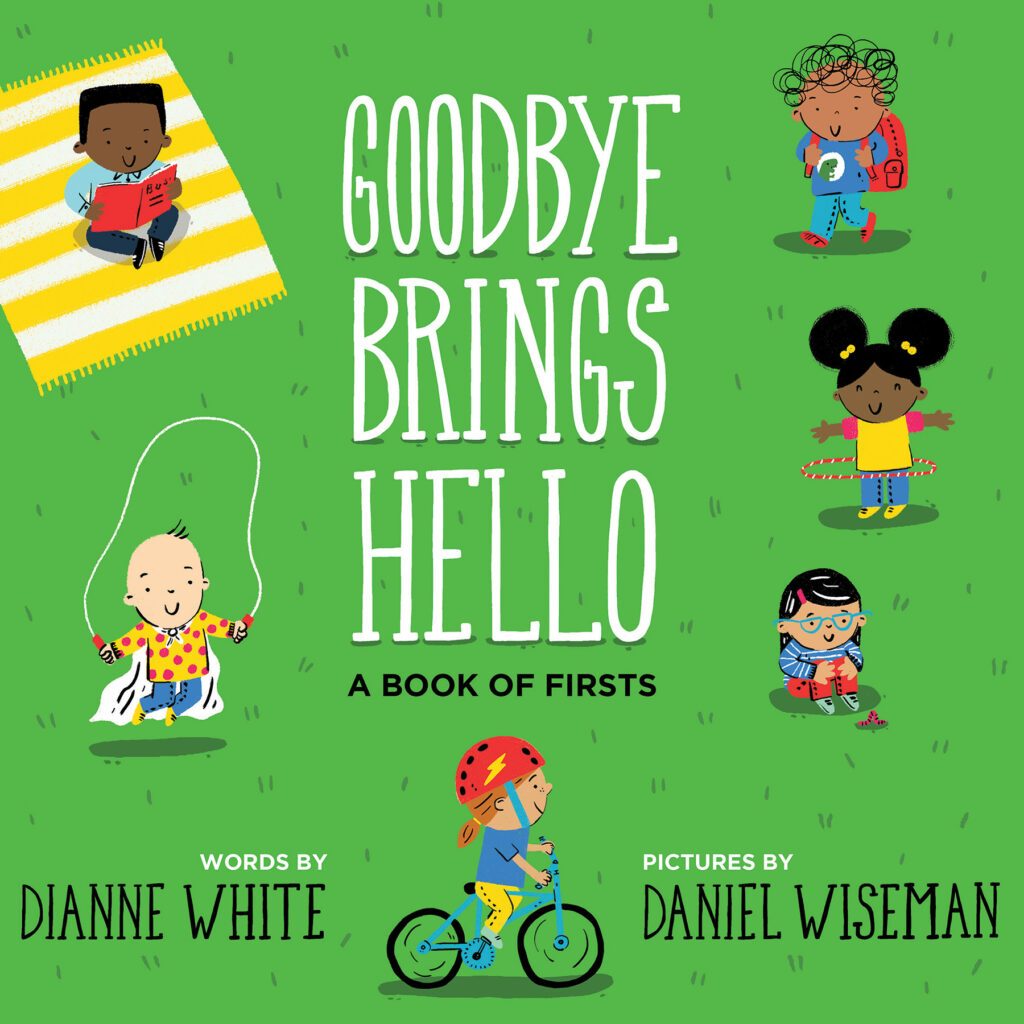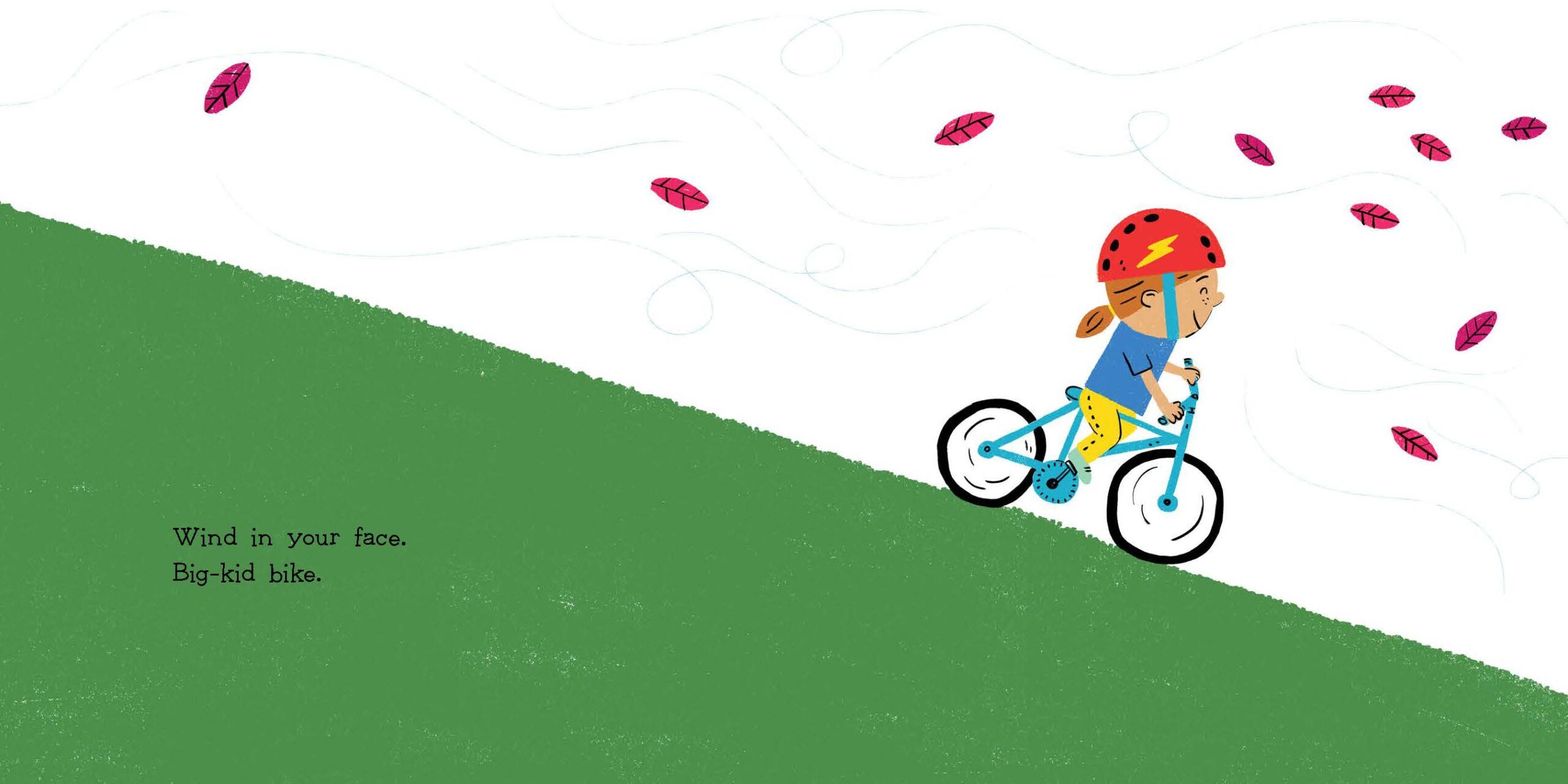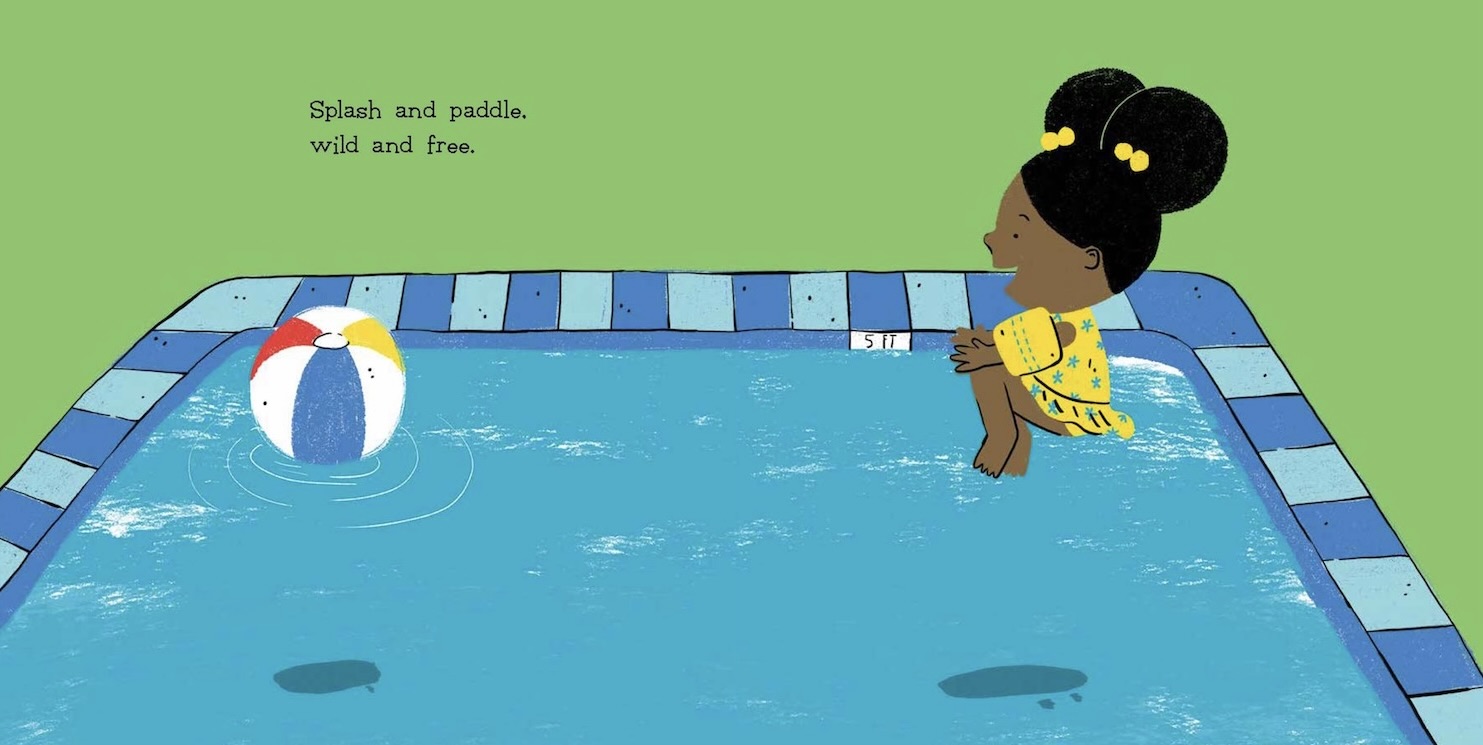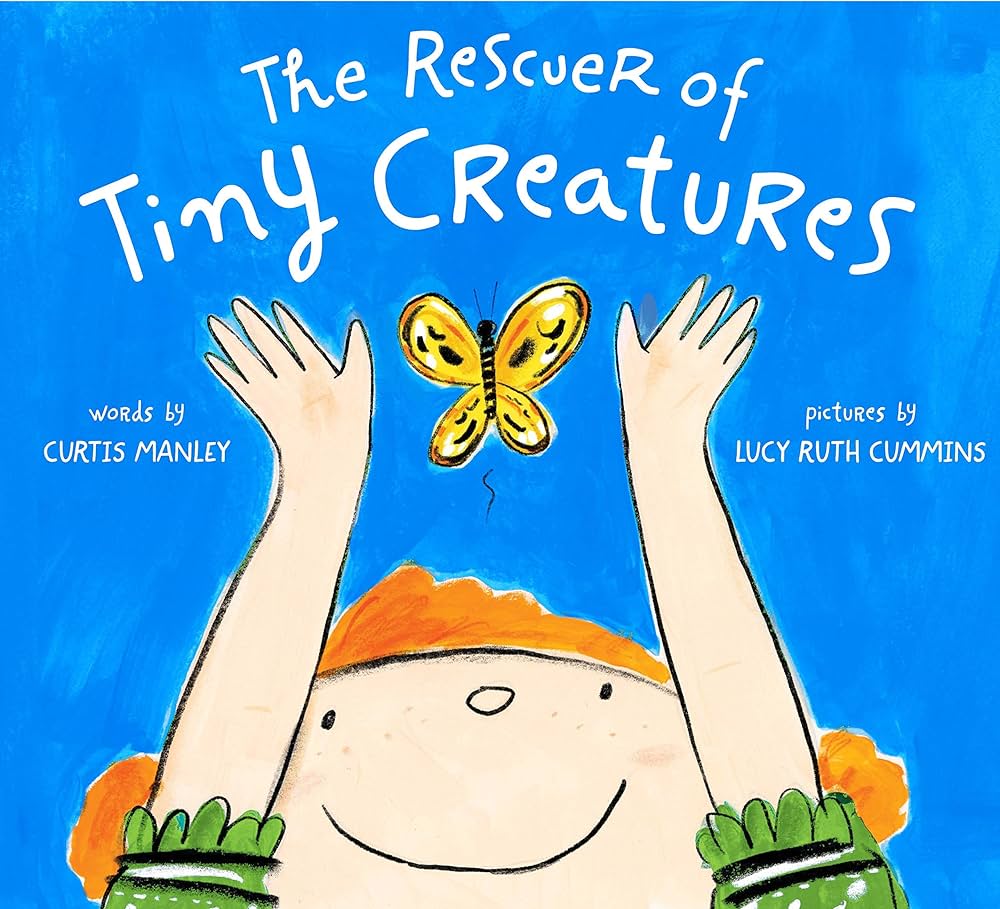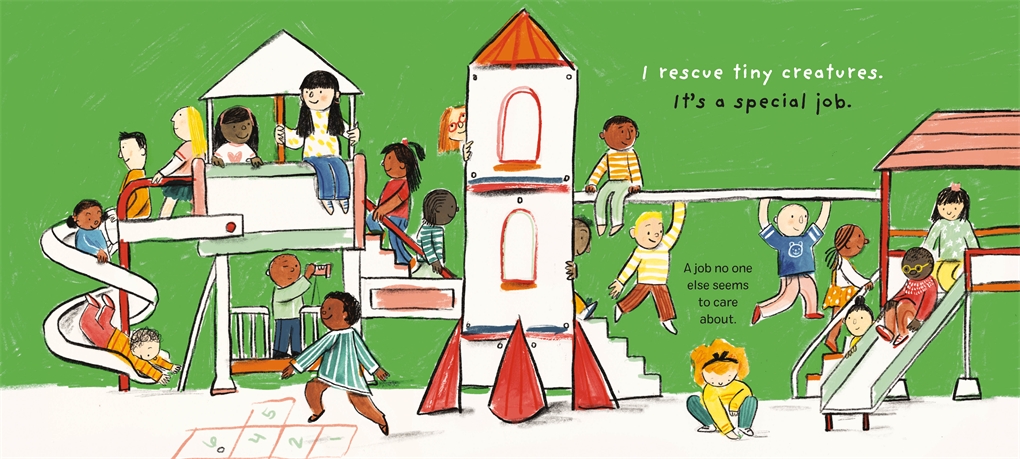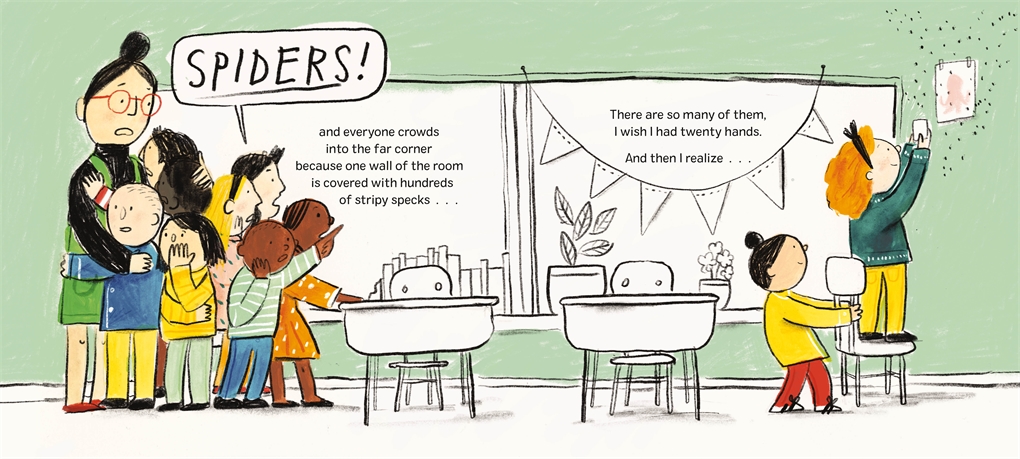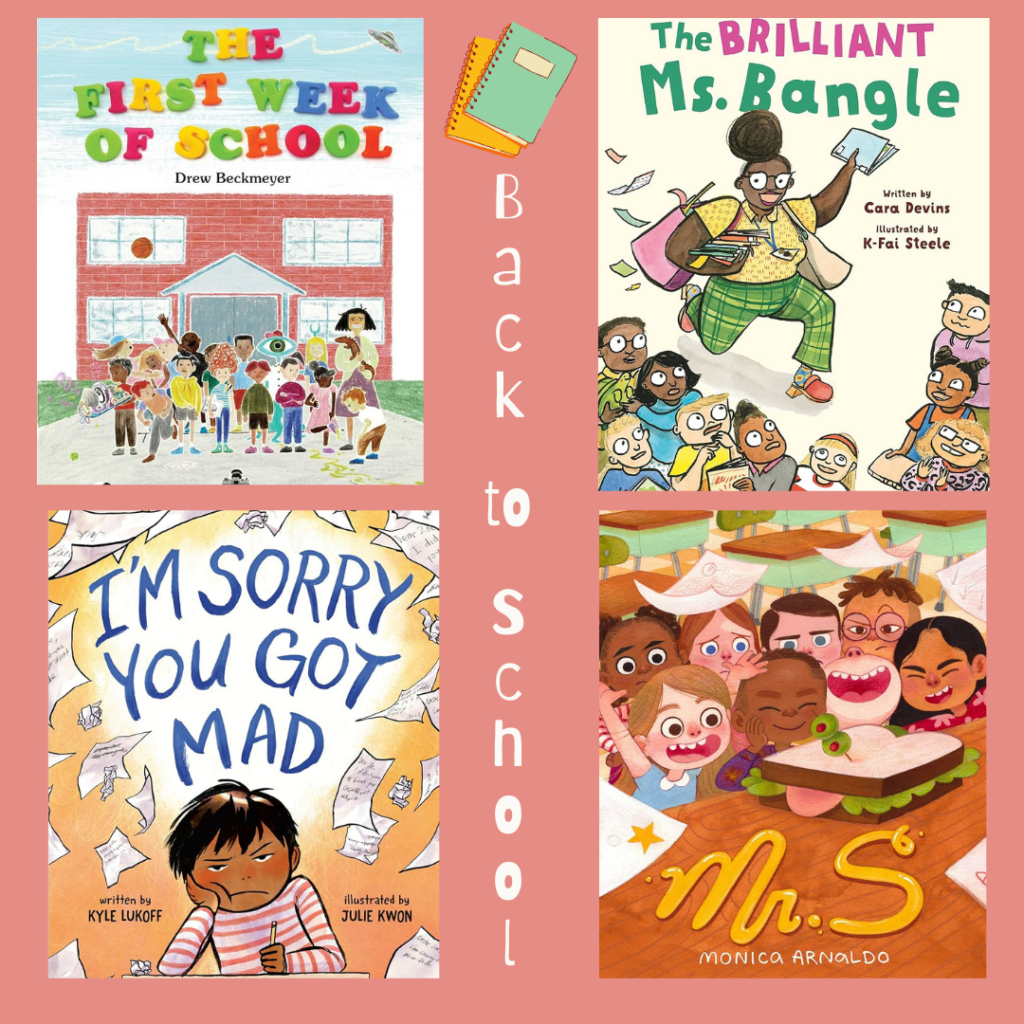
Summer break is officially over and in these early months of school, I wanted to share a few recent picture books to kick off the year.
If you’re not familiar with author/illustrator Monica Arnaldo’s newest book, you’re in for a real treat. MR. S. begins on the first day of school as the kids in room 2B are about to meet their teacher. Even though this is the first time they’ve been to school, they have a good sense that *something* – or maybe someone? – is missing.
“Where’s the teacher?” someone whispered?
“Shouldn’t they be here by now?” asked someone else.
Have a look at the cover and you can guess who the kids decide their new teacher must be. And can a sandwich *really* their teacher? Share the book with your students and let them decide.
Here’s the author reading her book:
Speaking of teachers, you can tell that author/illustrator Drew Beckmeyer is a classroom teacher in his day-to-day life because he so accurately portrays the kinds of things that happen in a classroom, be it on the THE FIRST WEEK OF SCHOOL or any other time of the year. This Junior Library Guild Gold selection and winner of five-starred reviews makes for a hilarious “back-to-school book.”
Enjoy this interview with the author and be sure to check out another of his books, I AM A TORNADO.
THE BRILLIANT MS. BANGLE by Cara Devins, illustrated by K-Fai Steele is about the start of a new school year along with it’s usual dose of excitement. But…
Just as the students settled in…. they were told some alarming news: The schoool librarian, Ms. Stack, had moved away over the summer.
“THAT CAN”T BE!” yelped Birdie.
“She was my FAVORITE!” moaned Marty.
Much to their chagrin, the kids will have a new librarian – Ms. Bangle. Convinced that nobody can replace the wonderful Ms. Stack, the kids decide they will NOT welcome the new librarian and REFUSE to read with her until their beloved Ms. Stack returns.
Ms. Bangle is very different from Ms. Stack, but she is more than able to win the kids over with a brilliant plan of her own. Check it out!
There’s a skill to learning what a real apology looks like, and often, for those for whom apologizing is especially hard, there’s often a story behind their reluctance or inability to come up with the right words. I’M SORRY YOU GOT MAD by Kyle Lukoff and illustrated by Julie Kwon is a book I’ve been hearing a lot of good buzz about in the weeks since it’s been out and now that I’ve had a chance to read it, I can’t agree more. The book has already garnered 5 starred reviews, including this from School Library Journal: ” “Smartly told…Lukoff models good behavior for kids (and, let’s face it, adults) without being lecturing or preachy. A must-have.” —School Library Journal, starred review.
Told as a series of apology notes that Jack’s teacher, Ms. Rice, has asked him to write to Zoe, his classmate, readers will watch as the mystery of what happened unfolds.
It’s realistic and heartfelt and just the kind of picture book that belongs in every classroom and home. This quote from BookPage’s starred review sums up the book perfectly:
“An incredible conversation starter… I’m Sorry You Got Mad goes a long way in teaching children the different ways an apology can sound, the ways it can fall flat, and the ways we can repair and restore beloved friendships. Julie Kwon’s expressive character illustrations will help readers identify the difference between anger, regret and remorse.” –BookPage, starred review
I enjoyed reading this INTERVIEW with the author and I bet you will too!








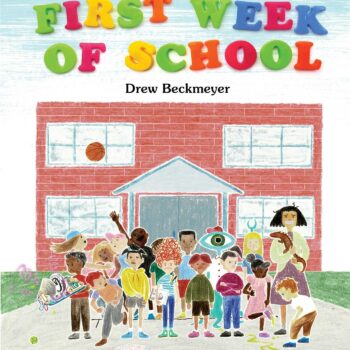
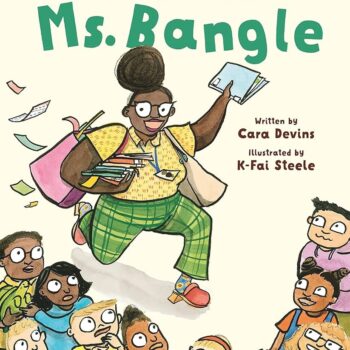
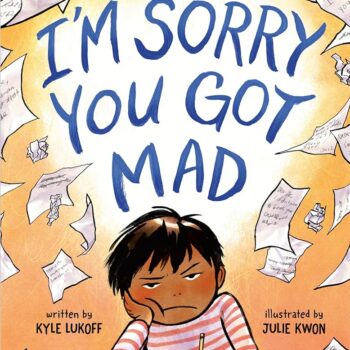
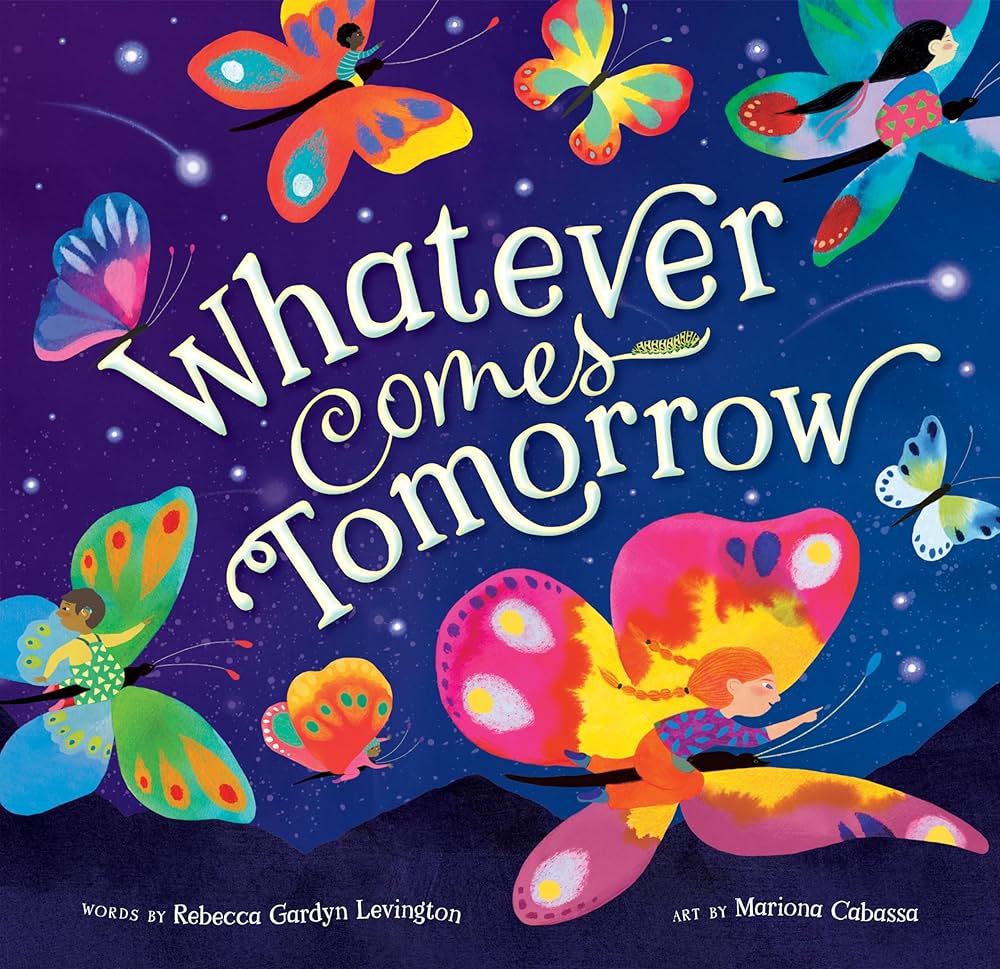
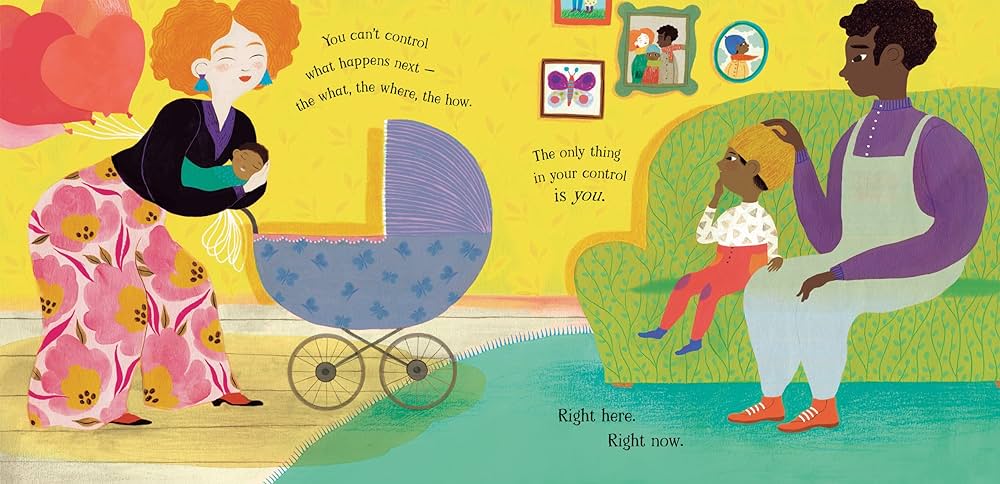
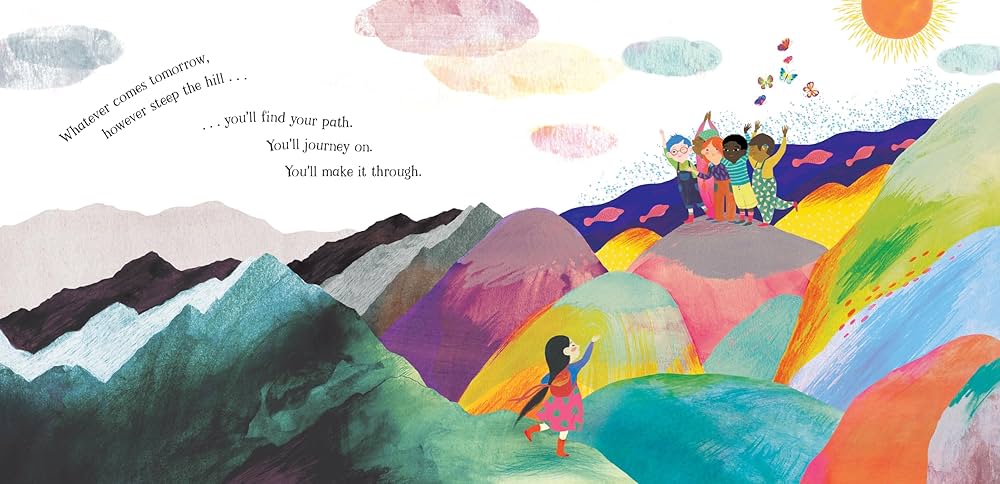
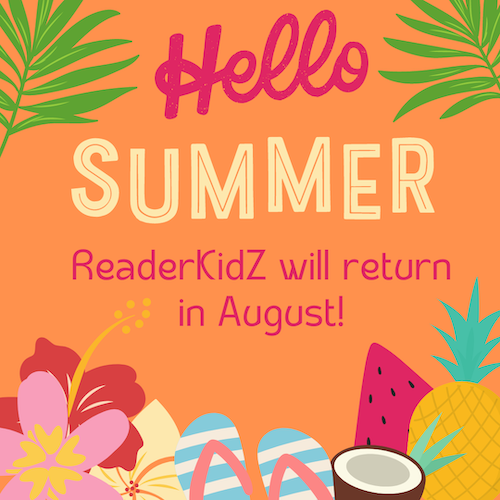
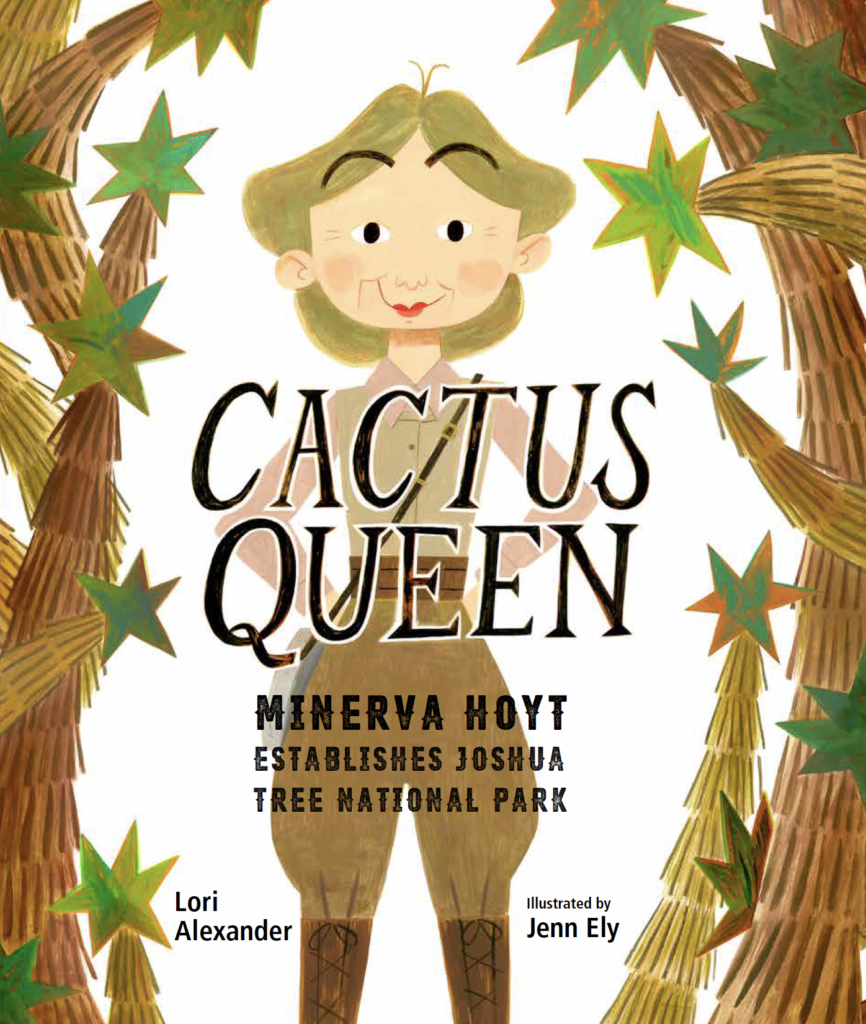

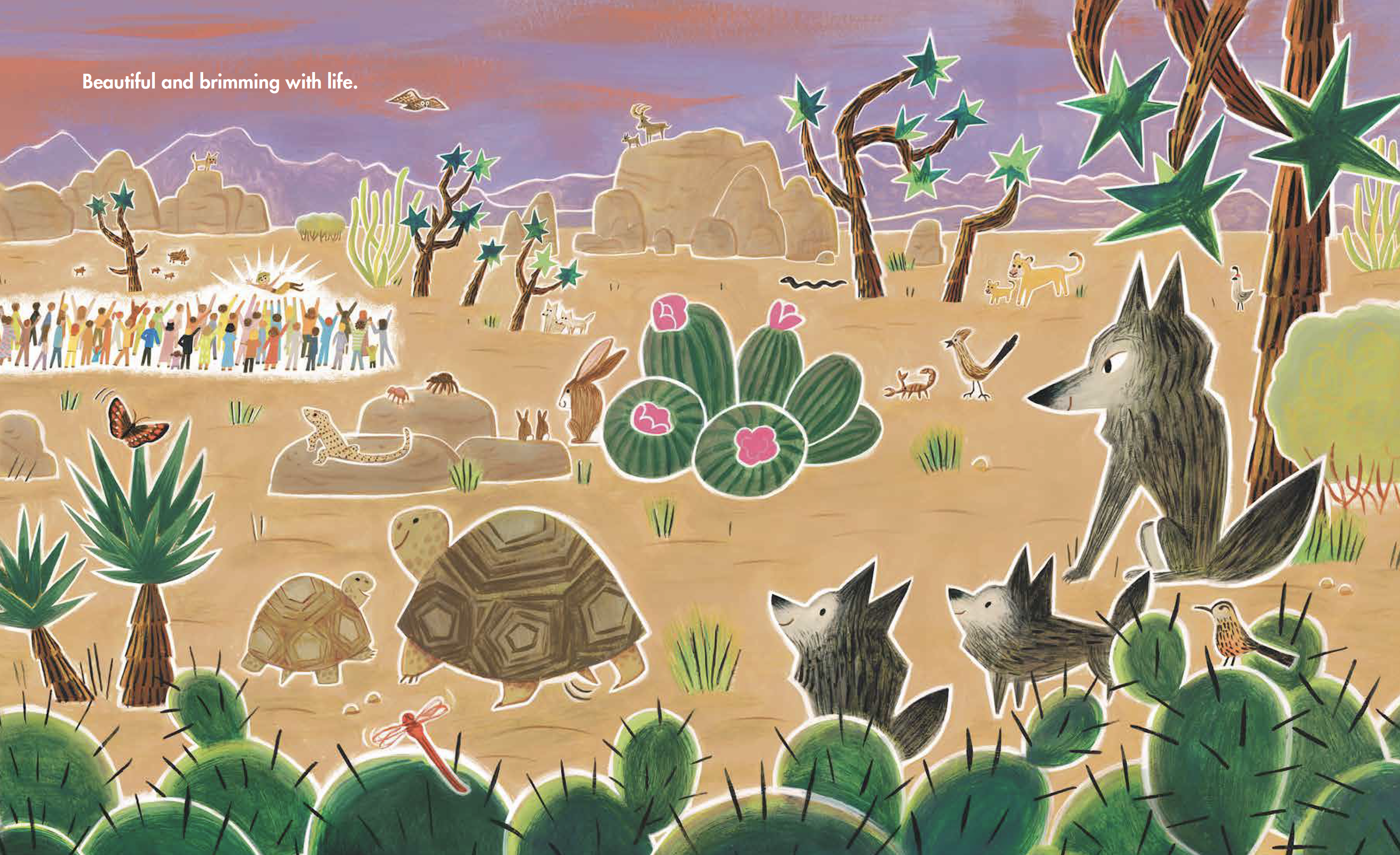
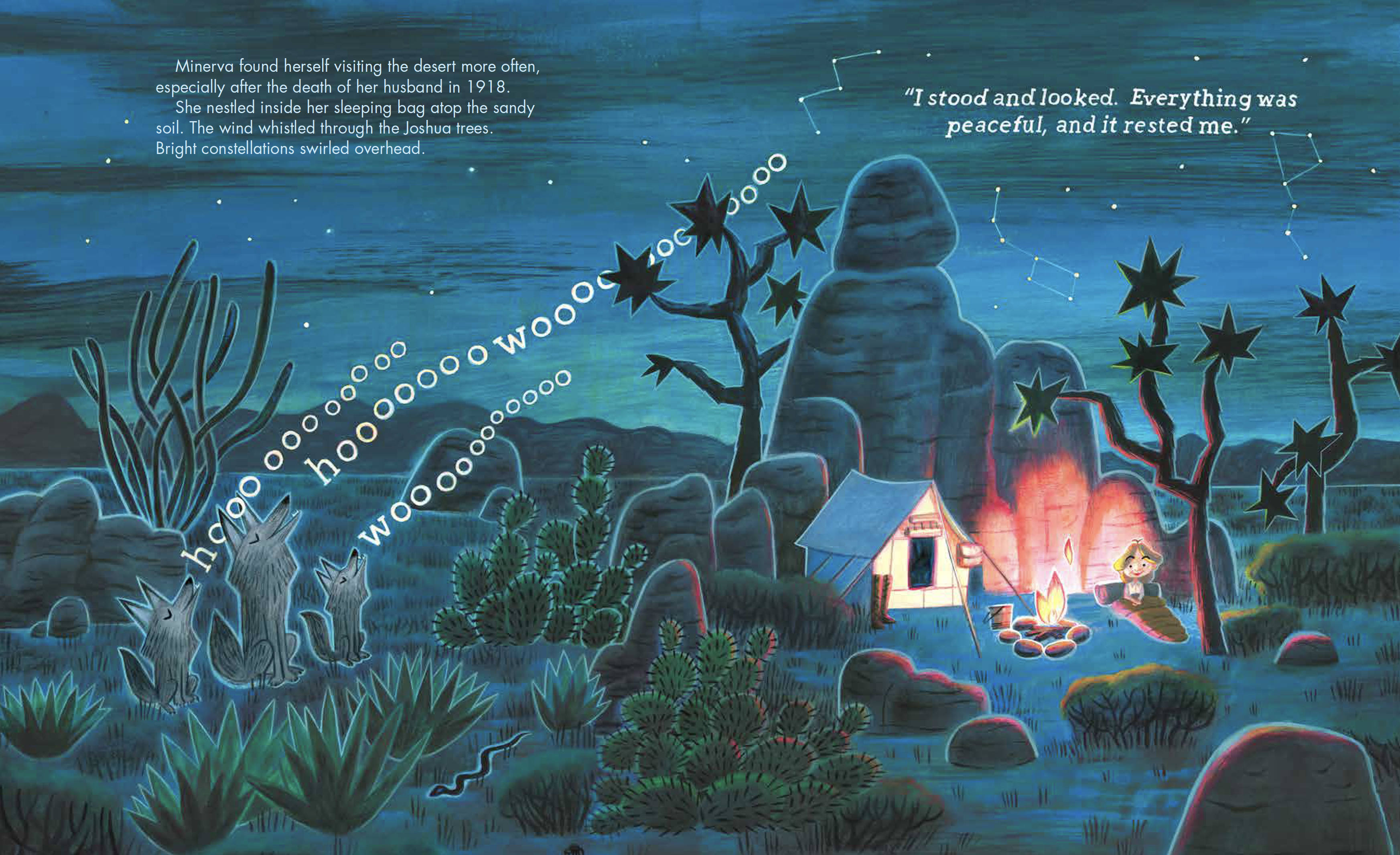
 Nonfiction Bio:
Nonfiction Bio: